As winter approaches, many homeowners start preparing their homes for the cold weather. One essential but often overlooked aspect of winter home maintenance is chimney sweeping. Contrary to popular belief, chimney sweeping can indeed be done in the Winter, and it’s crucial for maintaining the safety and efficiency of your fireplace or wood-burning stove. In this blog post, we will explore can chimney sweeping be done in the Winter and provide valuable information on how to go about it.
What is a Chimney Sweep?
A chimney sweep is a trained professional who cleans, inspects, and maintains chimneys to ensure safe and efficient operation. They are crucial in preventing hazards like chimney fires and carbon monoxide leaks. For more detailed information on how chimney sweep cleaning works, you can refer to this informative article: How Does Chimney Sweep Cleaning Work?
Winter-Specific Chimney Concerns
Winter-specific chimney concerns include the impact of cold weather on your chimney’s structure and the heightened risk of creosote buildup during colder months. Let’s dive deep into the details :
How Winter Weather Affects Your Chimney
Winter weather exposes your chimney to freezing and thawing cycles, condensation issues, and the potential for ice dams, which can lead to structural damage and reduced efficiency.
Freezing and Thawing: Winter weather exposes your chimney to a cycle of freezing and thawing. When moisture, such as rain or snow, enters the chimney’s masonry, it can freeze as temperatures drop. As water freezes, it expands, potentially causing cracks and structural damage to the chimney. When the ice thaws, it can further weaken the chimney, creating opportunities for water infiltration. Over time, this freeze-thaw cycle can lead to significant structural deterioration.
Condensation Issues: During cold weather, warm air inside your home rises and meets the cold exterior of the chimney. This temperature contrast can result in condensation forming on the interior of the chimney liner. If not appropriately managed, condensation can lead to water damage inside the chimney, including rust and corrosion. It can also mix with creosote buildup, making removing it more challenging during chimney sweeping.
Ice Dams: Ice dams can form at the top of your chimney if obstructions like leaves, branches, or debris hinder proper ventilation. When warm air from your fireplace rises, it can melt the snow and ice on the chimney’s exterior. This melted water can then refreeze as it drips down the chimney, creating ice dams. These ice dams can block the chimney’s airflow and ventilation, potentially leading to problems with smoke and combustion gases escaping your home.
The Dangers of Creosote Buildup in Colder Months
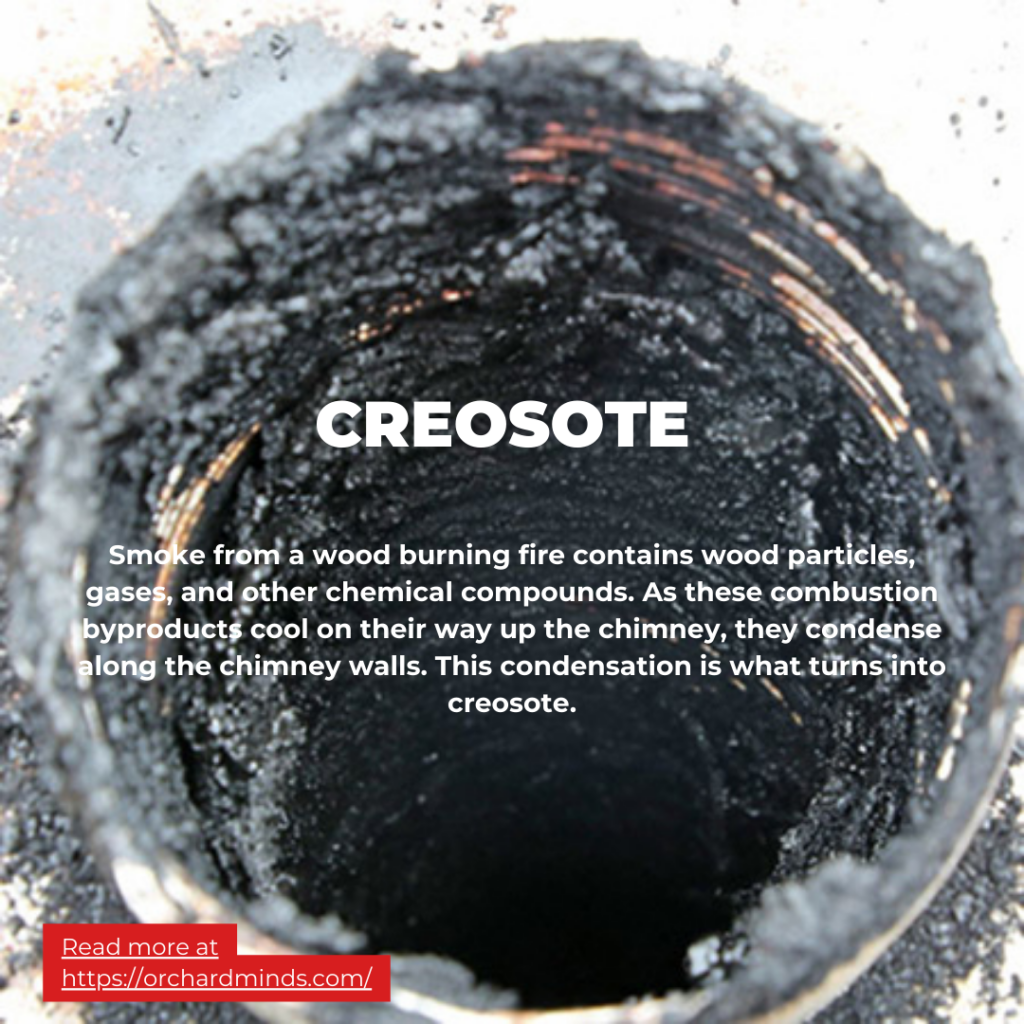
Creosote buildup in colder months increases the risk of chimney fires due to heightened fireplace usage and cooler chimney temperatures while also increasing the potential for carbon monoxide poisoning if not adequately addressed through regular chimney sweeping.
Increased Fireplace Use: During Winter, homeowners use their fireplaces or wood-burning stoves more frequently to keep their homes warm. Increased usage leads to more combustion, which produces creosote. Creosote is a highly flammable substance that adheres to the chimney’s interior. As usage increases during colder months, so does the risk of creosote buildup.
Cooler Chimney Temperatures: In Winter, the exterior of your chimney is exposed to colder outdoor temperatures. This can result in more excellent chimney flue temperatures, causing more creosote to condense and adhere to the walls. Increased creosote production and more excellent chimney conditions make the colder months critical for creosote buildup.
Chimney Fires: Creosote is highly combustible and can ignite at temperatures as low as 200 to 250 degrees Fahrenheit (93 to 121 degrees Celsius). If a substantial amount of creosote accumulates in your chimney, it can easily catch fire when exposed to the high heat of a burning fire. A chimney fire is dangerous because it can rapidly spread to your home’s structure, resulting in extensive damage and potential harm to occupants.
Carbon Monoxide Risk: As creosote accumulates in your chimney, it can restrict airflow, reducing its ability to vent carbon monoxide and other harmful gases effectively. This increases the risk of carbon monoxide poisoning, as these toxic gases may be forced back into your home instead of exiting through the chimney.
Benefits of Winter Chimney Sweeping
Winter chimney sweeping ensures safe, efficient heating by maintaining proper airflow and preventing chimney fires and carbon monoxide poisoning, providing peace of mind during colder months.
Ensuring Safe and Efficient Heating
Optimal Airflow: During the Winter, when your fireplace or wood-burning stove sees increased use, ensuring that your chimney is clean is crucial for maintaining proper airflow. A clean chimney allows for efficient combustion, meaning your fire burns hotter and produces more heat for your home.
Carbon Monoxide Prevention: A clean chimney is better equipped to safely vent harmful gases like carbon monoxide (CO) out of your home. CO is a colorless, odorless gas produced during combustion that can be deadly when inhaled in large quantities. A clean chimney reduces the risk of CO buildup and helps protect your family’s health.
Reduced Smoke and Particulates: A well-swept chimney reduces the likelihood of smoke and particulates backing up into your living space. Smoke and particulates can be irritating and have adverse health effects, particularly for individuals with respiratory issues.
Preventing Chimney Fires and Carbon Monoxide Poisoning
Chimney Fire Prevention: Creosote, a highly flammable substance, accumulates in chimneys due to burning wood or other fuels. When fireplaces are used more frequently in the colder months, creosote buildup can increase rapidly. If not removed through chimney sweeping, creosote can ignite and lead to a dangerous fire. Regular winter chimney sweeping significantly reduces this risk.
Carbon Monoxide Safety: As mentioned earlier, a clean chimney helps maintain proper ventilation, preventing the buildup of carbon monoxide inside your home. When a chimney is blocked or inefficient, it can force CO to flow back into your living space, posing a severe health risk. By sweeping your chimney before the winter season, you ensure that harmful gases are safely expelled.
Peace of Mind:
Knowing that your chimney is clean and well-maintained during the Winter provides peace of mind. You can enjoy the warmth and ambiance of your fireplace or stove without worrying about hidden dangers like chimney fires or carbon monoxide leaks.
Preparing for a Winter Chimney Sweep
To prepare for a winter chimney sweep, clear obstructions, such as furniture and debris, around the fireplace or stove, and ensure proper ventilation while following safety precautions to protect your home and the chimney sweep.
Clearing Obstructions and Cleaning the Hearth
Remove Debris and Combustibles:
Before a chimney sweep arrives, clear the area around your fireplace or wood-burning stove. Remove any furniture, decorations, or flammable items that could obstruct access to the chimney. This ensures a safe working environment for the chimney sweep.
Clean the Hearth:
Thoroughly clean the hearth area by removing ashes, soot, and any loose debris. This provides the sweep with a cleaner workspace and reduces the risk of dust and debris being stirred up during the cleaning process.
Access to the Chimney:
Ensure that the chimney sweep has easy access to the chimney. This may involve moving furniture or removing barriers that impede their work. The easier it is for the sweeper to access the chimney, the more efficiently they can perform the cleaning.
Safety Precautions During the Process:
Protective Gear:
The chimney sweep should arrive with appropriate safety gear, gloves, goggles, and a dust mask. While you may not be directly involved in the cleaning process, staying clear of the work area is a good idea to avoid inhaling dust or debris.
Ventilation:
Maintain proper ventilation during and after the chimney sweep. Open windows in the room to allow any residual dust or fumes to dissipate. This helps ensure indoor air quality and prevents the buildup of potentially harmful particles.
Fireplace or Stove Shutdown:
If you have not already done so, ensure that the fireplace or wood-burning stove is entirely extinguished and cool to the touch before the sweep begins. This prevents any accidental burns or heat-related injuries during the cleaning process.
Pets and Children:
Keep pets and children from the work area while the chimney sweep is on-site. The equipment and cleaning process can be loud and may create curiosity, but it’s essential to maintain a safe distance to avoid accidents.
Frequently Asked Questions about Can chimney sweeping be done in the Winter
Can you clean your chimney in Winter?
Yes, you can clean your chimney in Winter. It’s essential to ensure that your chimney is clean and safe for use during the colder months when fireplaces and heating stoves are in high demand. However, hiring a professional chimney sweep for winter cleaning is recommended to ensure thorough and safe maintenance, as they can work in cold conditions and address any winter-specific concerns effectively.
How do I know if my chimney needs sweeping?
Creosote Buildup: If you notice a thick, black, tar-like substance on the inner walls of your chimney, it’s a clear sign that creosote has accumulated and needs removal.
Reduced Draft: If your fireplace or stove is not drawing smoke up the chimney correctly, creating excessive smoke or odors inside your home, it indicates potential blockages or obstructions in the chimney that require cleaning.
Soot and Debris: If you see an accumulation of soot or debris falling into your fireplace or stove when in use, it’s a sign that your chimney may be dirty and need sweeping to prevent further buildup and potential fire hazards. Regular annual inspections can also help identify the need for chimney sweeping.
How Long Does a Chimney Sweep Take?
A typical chimney sweep can take anywhere from 30 minutes to 1 hour to complete, depending on factors such as the size of the chimney, the extent of creosote buildup, and any additional maintenance or repairs required. Complex issues may require more time and multiple visits by a professional chimney sweep.
Is it OK to sweep your chimney?
Yes, it is OK to sweep your chimney if you have the necessary tools, knowledge, and experience. However, professional chimney sweeps should handle complex issues or extensive creosote buildup to ensure safety and effectiveness.
What time of year should you have your chimney swept?
The best time to have your chimney swept is in late spring or early summer after the heating season when your fireplace or stove sees less use. This allows you to address any issues and prepare for the next heating season.
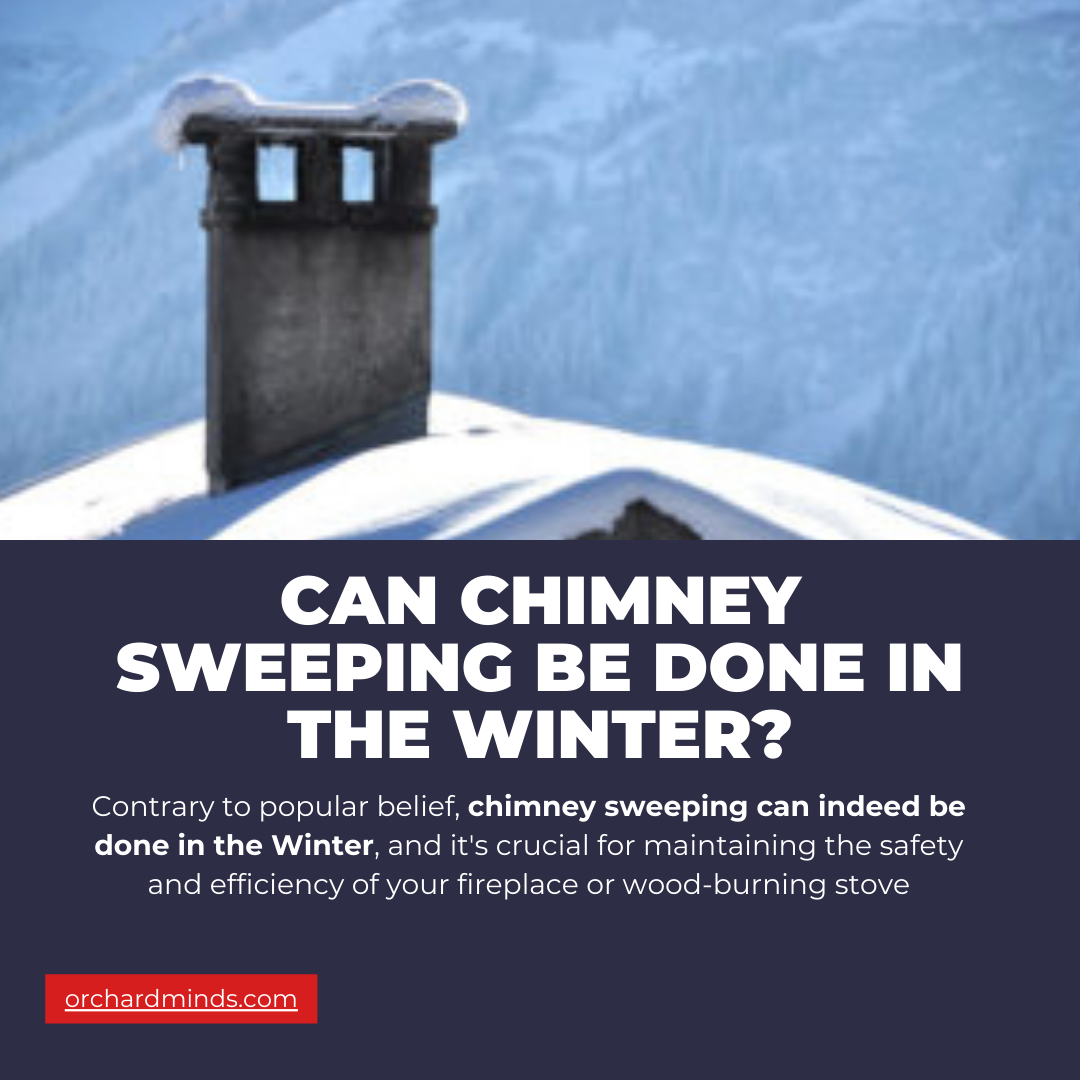
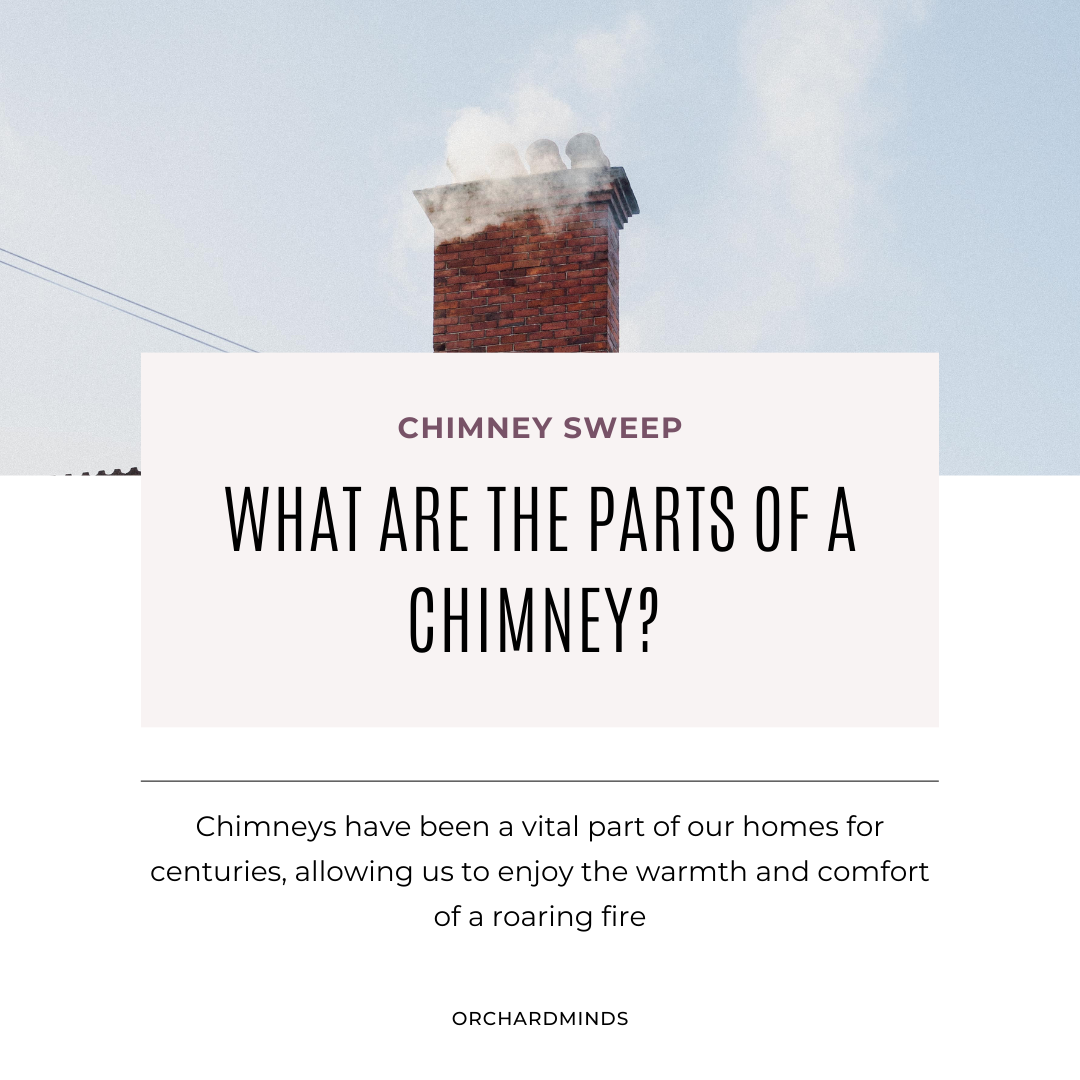
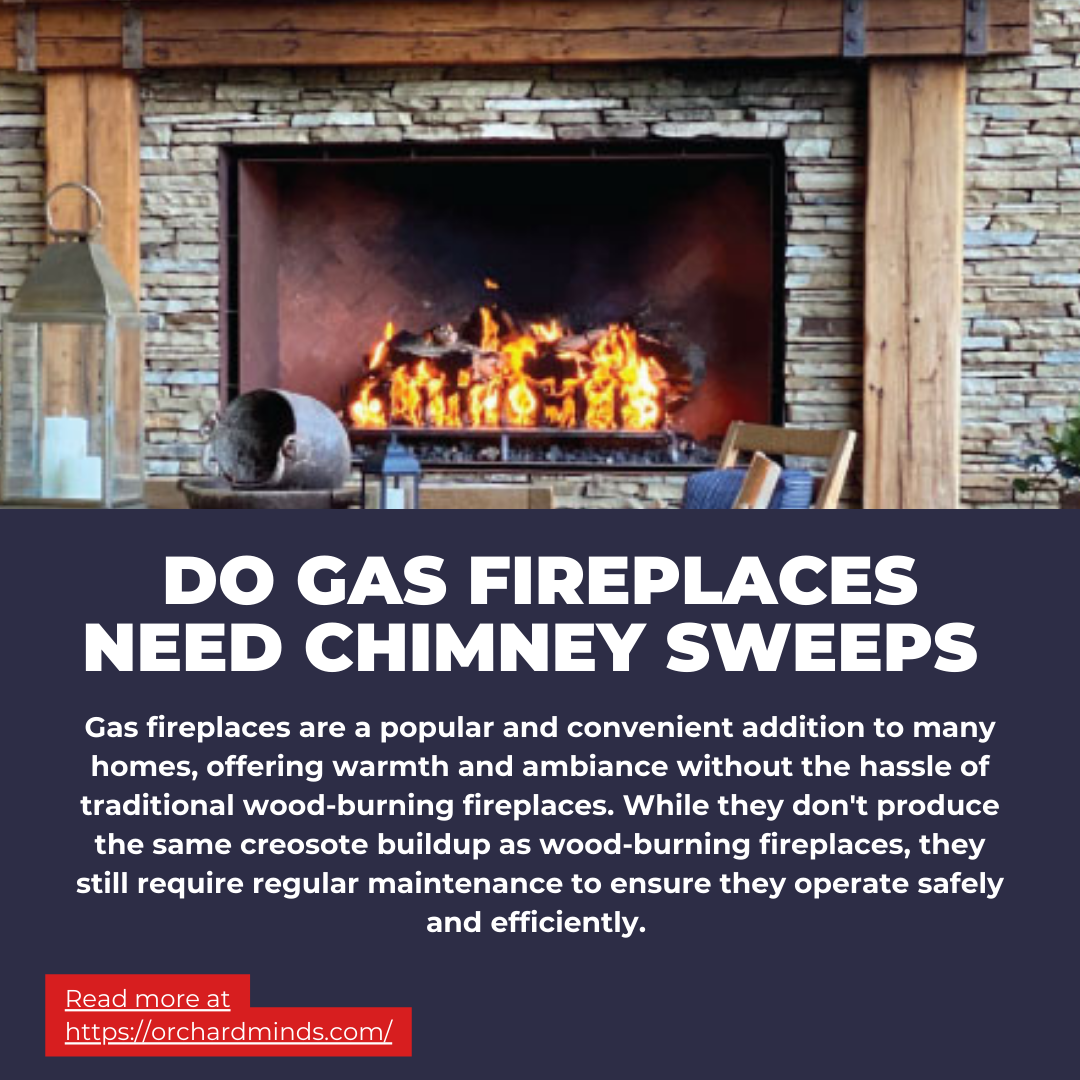


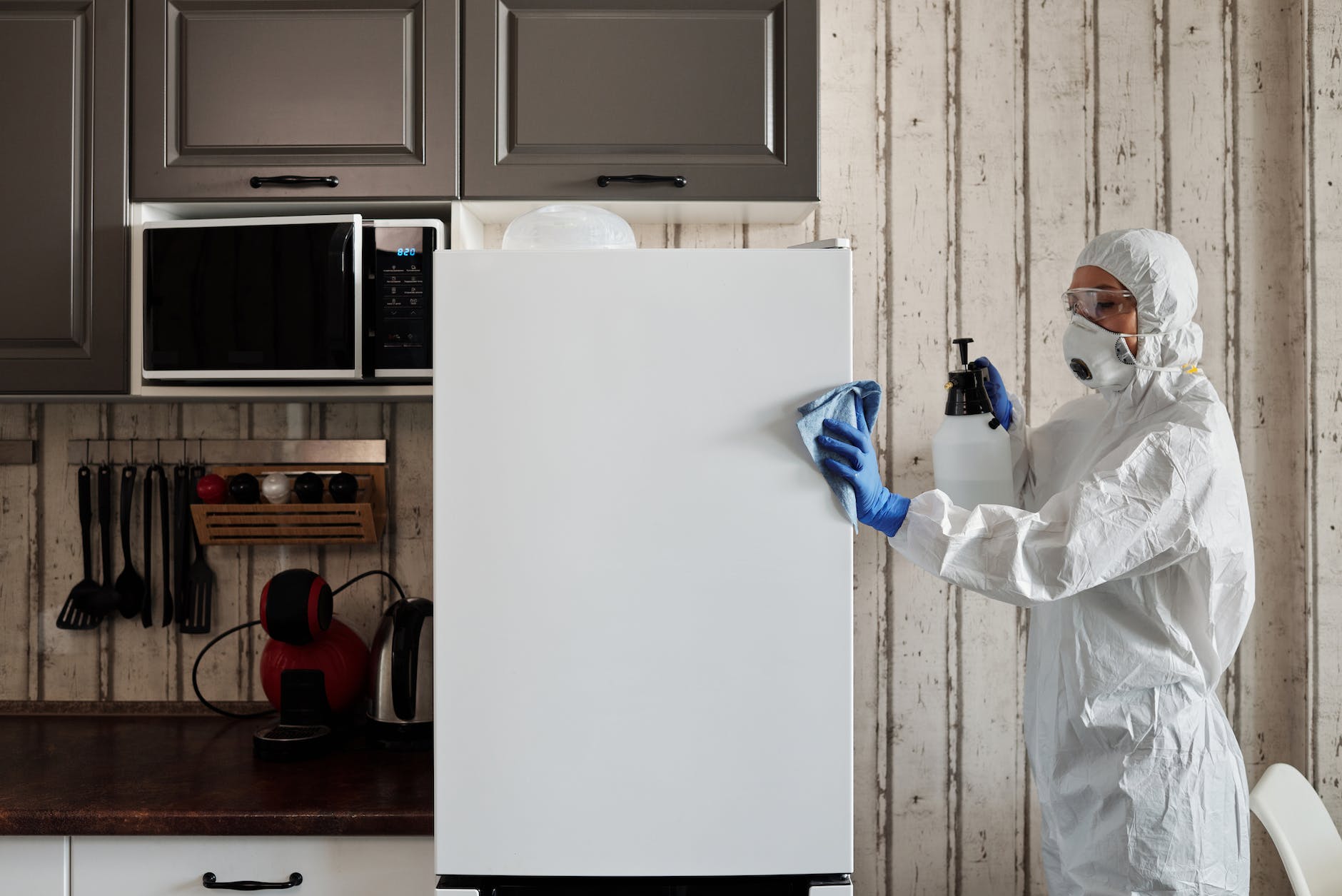
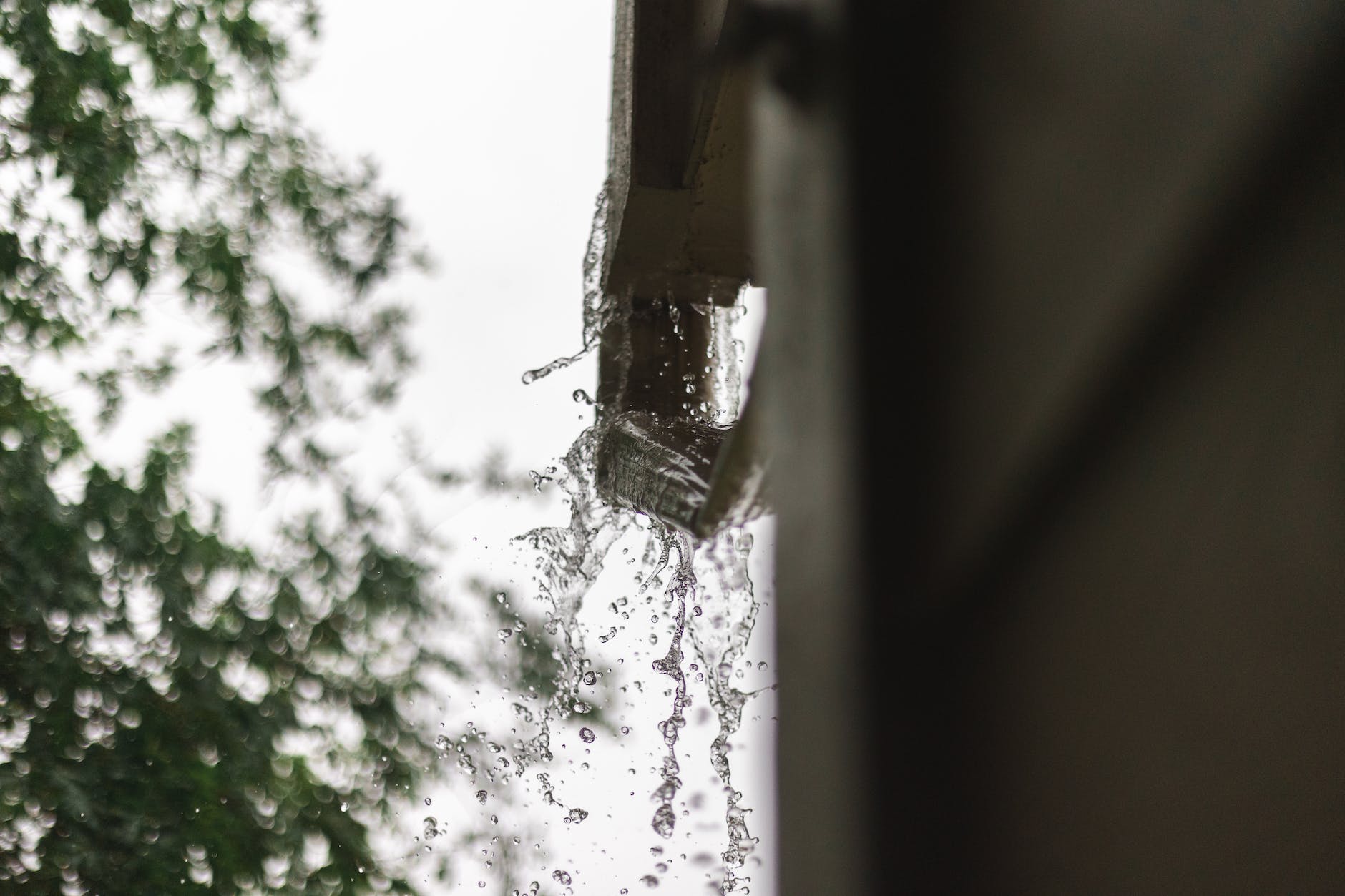
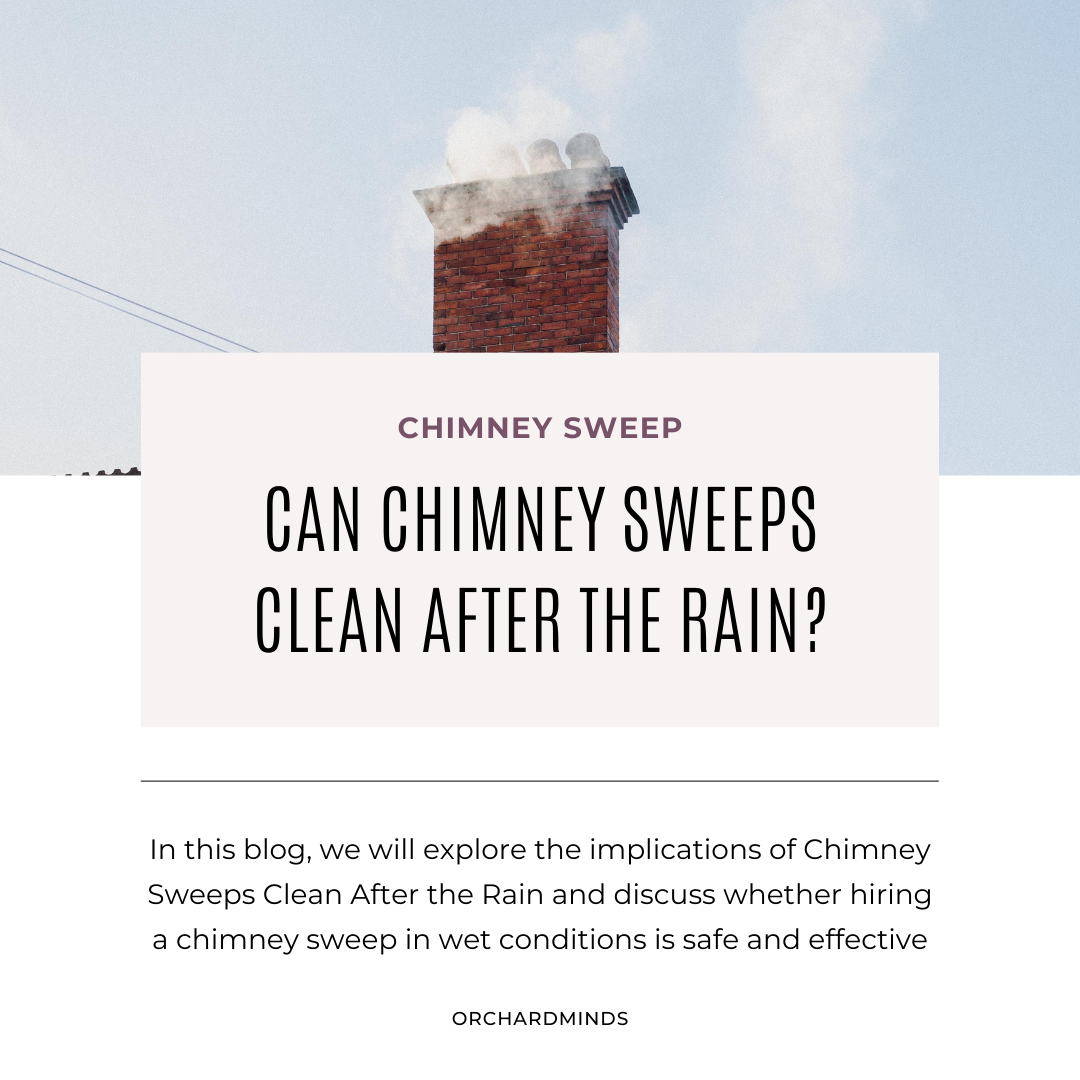

1 comment